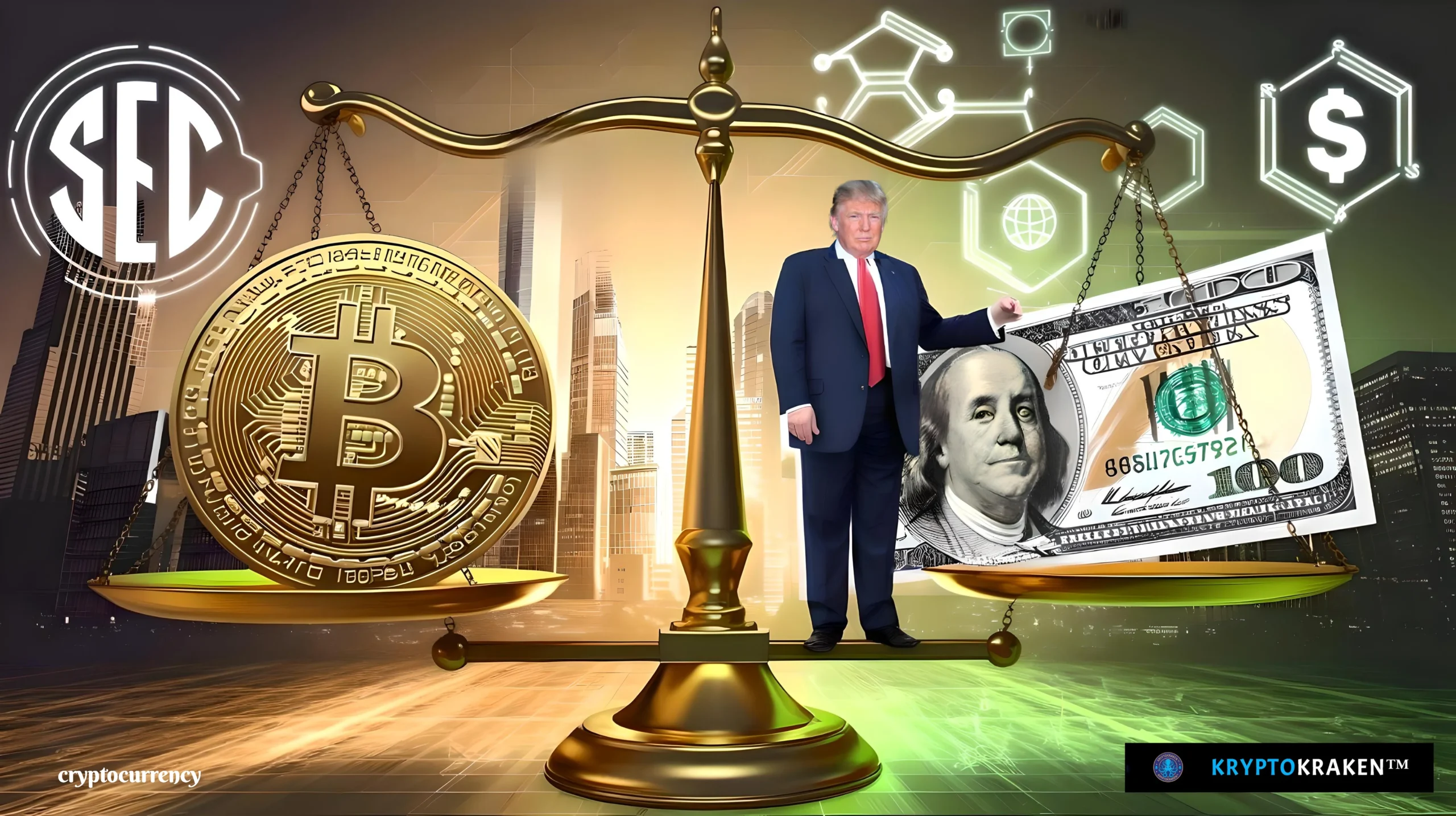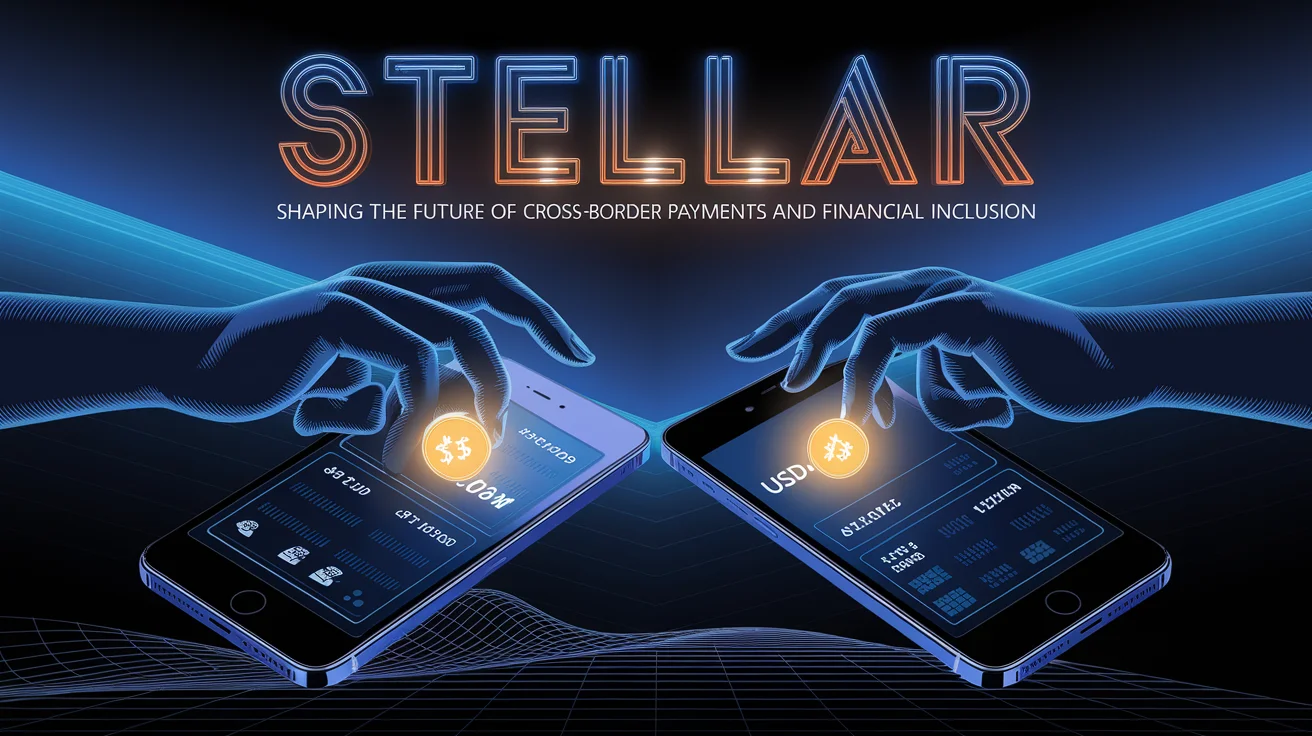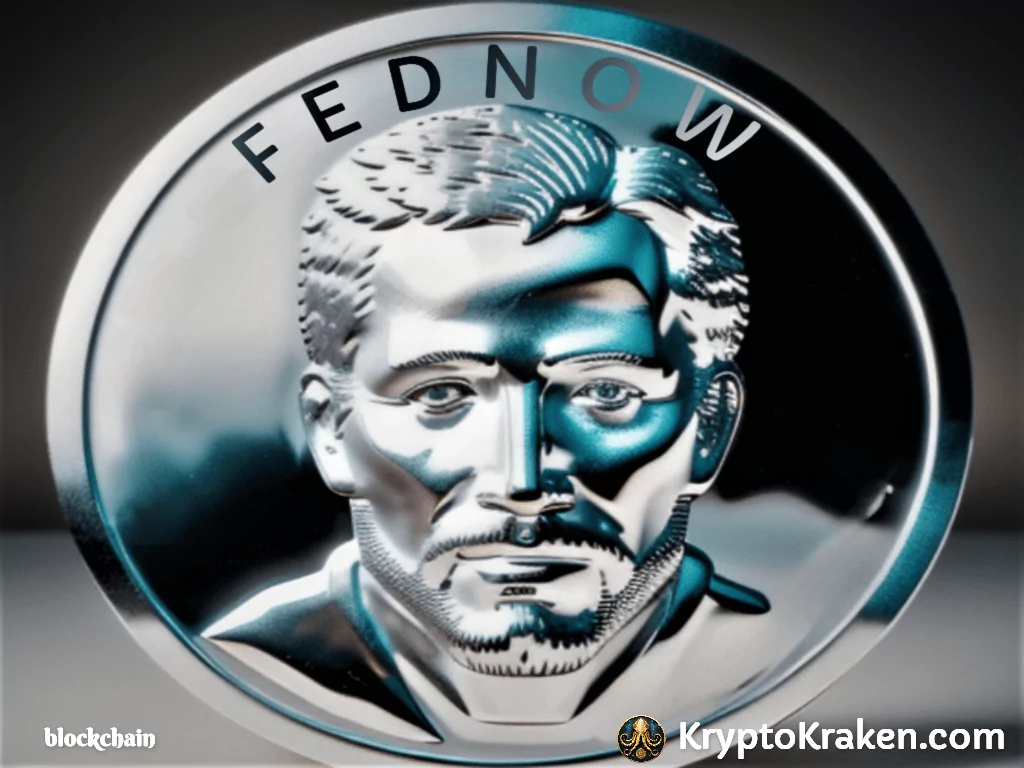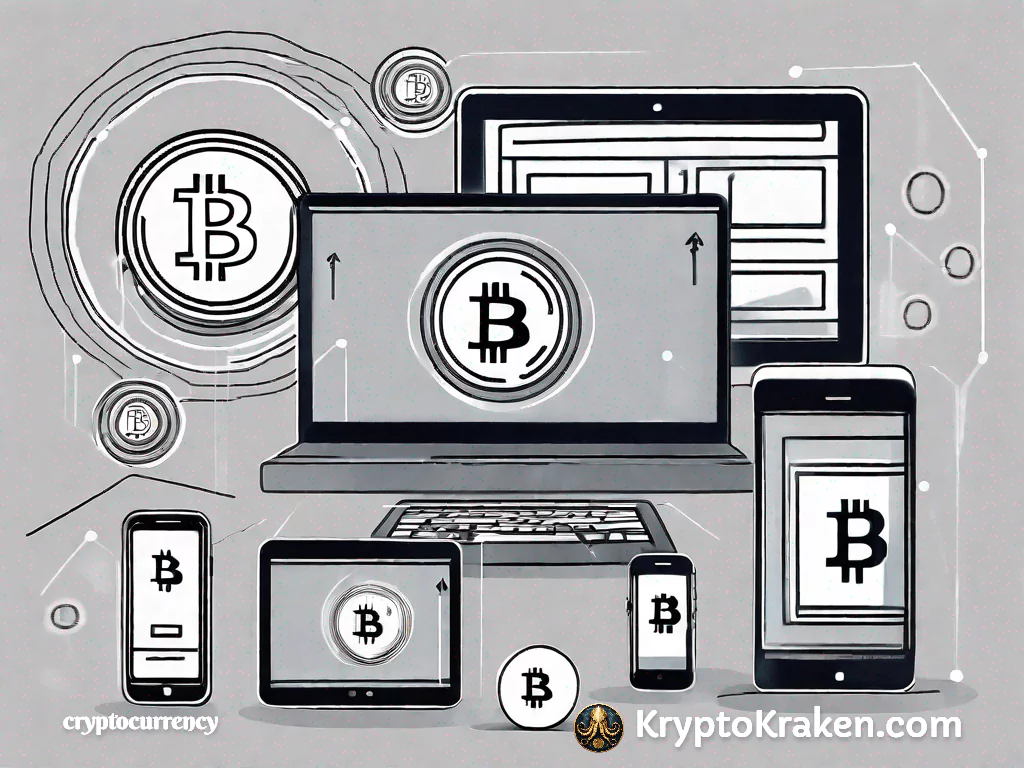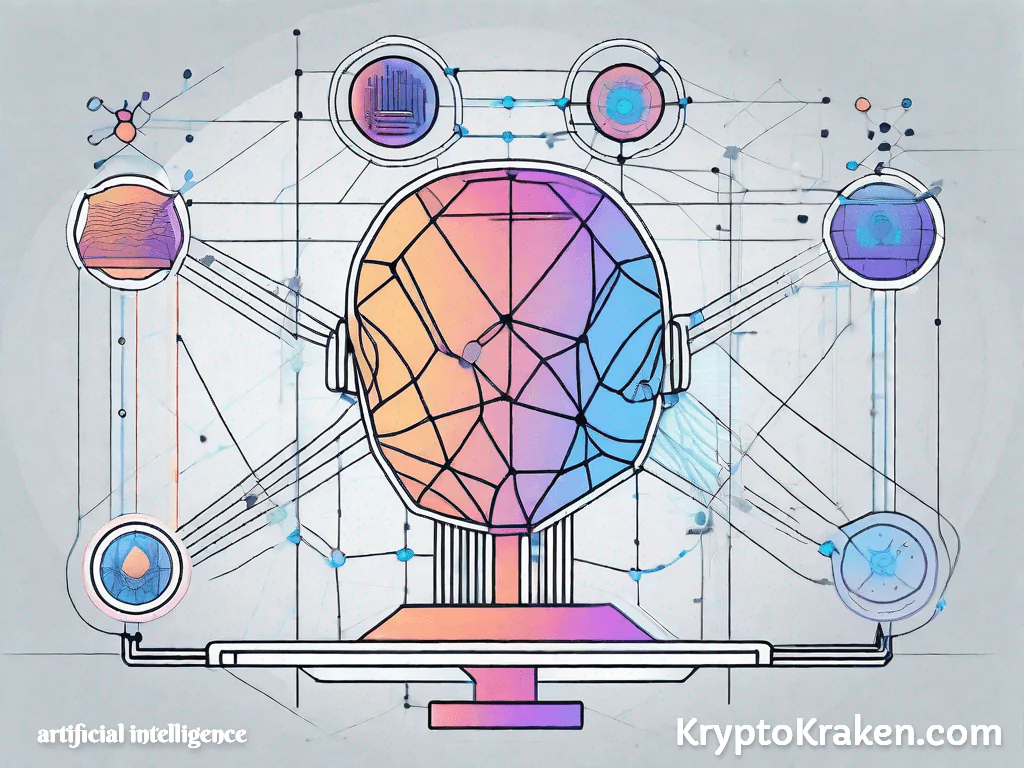
- October 26, 2024
- Dennis Frank
- 0
Table of Contents
The United States is facing an increasingly pressing economic challenge: its national debt, which has now surged past $35 trillion. This staggering figure presents a complex problem that threatens the nation’s economic stability. Amidst conventional solutions such as spending cuts, increased taxation, and economic growth strategies, a surprising idea emerged from former President Donald Trump: leveraging Bitcoin to pay off the national debt. This intriguing suggestion has sparked debate, but is it truly viable, or is it merely speculative fantasy?
The Growing Debt Crisis
The U.S. national debt is growing at an alarming rate. To put things into perspective, it took over 200 years for the debt to surpass $1 trillion, but today, the government adds that same amount roughly every three months due to deficit spending. In June alone, around 76% of all income tax revenue was used just to pay interest on this debt. The enormous interest payments are one of the biggest items in the U.S. fiscal budget, signaling that the debt burden is becoming unsustainable.
Trump’s proposal to use Bitcoin, or what he called a “crypto check,” to pay off this monumental debt is worth analyzing. It suggests using a supply-capped asset to counterbalance the endless cycle of monetary inflation, a novel approach in the fight against mounting fiscal pressure.
Trump’s Bitcoin Proposal
In a Fox News interview, Donald Trump suggested the possibility of paying off the $35 trillion debt by “handing them a little crypto check.” He praised Bitcoin and argued that failing to innovate in the digital asset space could mean the U.S. falling behind other nations. Trump’s proposal aligns with his broader advocacy of embracing technological innovation to maintain financial dominance. He suggested that Bitcoin’s appreciation could potentially be harnessed to reduce national liabilities.

This vision coincides with Bitcoin’s unique features as a deflationary asset with a fixed supply of 21 million coins. Advocates of Bitcoin often compare it to digital gold, an asset immune to inflationary pressures that have eroded the value of fiat currencies over time. However, there is much to consider regarding the feasibility of this plan, especially when taking into account the scale of the debt and the volatility of Bitcoin.
Establishing a Strategic Bitcoin Reserve
To support the idea of incorporating Bitcoin as a strategic asset, Senator Cynthia Lummis introduced the BITCOIN Act, a proposal to establish a Strategic Bitcoin Reserve. This plan involves the U.S. government gradually purchasing up to 1,000,000 Bitcoins over five years, storing them in a secure network known as the Strategic Bitcoin Reserve. The purpose is twofold: to use Bitcoin as a hedge against monetary devaluation and to enhance the financial leadership of the United States in the digital age.
Under the BITCOIN Act, the Treasury would acquire Bitcoin when market conditions are favorable and hold the digital assets for at least 20 years. This reserve would function as a bulwark against currency depreciation and as a strategic hedge, akin to how gold has historically bolstered national financial security. Senator Lummis argues that accumulating Bitcoin now, when it is undervalued according to metrics like the Bitcoin Rainbow Chart, could provide the nation with an asset that appreciates significantly over time.
Potential Mechanism for Debt Payment
Using Bitcoin to pay down national debt involves acquiring Bitcoin at current prices and leveraging its anticipated appreciation to offset liabilities. If Bitcoin’s value rises dramatically, the government could sell off portions of its holdings to pay off debt. The Bitcoin Rainbow Chart currently places Bitcoin in the “blue-to-green” zone, suggesting that it is undervalued and could be an ideal time for accumulation.
If Bitcoin experienced a significant price surge, it could indeed become a valuable asset for debt repayment. However, these speculative price movements hinge heavily on global adoption trends, regulatory environments, and broader economic dynamics.
Benefits of Using Bitcoin for National Debt
- Inflation Hedge: Bitcoin’s capped supply prevents arbitrary inflation, making it fundamentally different from the U.S. dollar, which can be printed without limit. This characteristic positions Bitcoin as a safeguard against inflation, which has been a major driver of the national debt.
- Diversification of National Assets: Holding Bitcoin as part of the national reserves would allow the U.S. to diversify its assets beyond just gold and fiat currency, strengthening overall financial resilience.
- Potential for Appreciation: If Bitcoin appreciates significantly in value, the government could leverage these gains to pay off a portion of the debt, reducing reliance on increased taxation or spending cuts.
- Challenges and Concerns
Despite the potential benefits, there are significant challenges and concerns associated with using Bitcoin for debt management:
- Volatility: Bitcoin is notoriously volatile, with dramatic price fluctuations that make it a risky asset for managing national debt. In the past, comments from influential figures like Trump have caused Bitcoin’s price to plunge, highlighting its unpredictable nature.
- Scale Problem: Even if Bitcoin’s value were to appreciate substantially, its total market cap would still be a fraction of the $35 trillion debt. Realistically, Bitcoin alone cannot cover the massive scale of U.S. liabilities.
- Government Control and Regulation: Bitcoin’s decentralized nature limits government control, which could conflict with traditional monetary policies. Moreover, integrating Bitcoin into the national financial strategy would require extensive regulation, which might undermine its core appeal of decentralization.

A visual depiction of the ‘Strategic Bitcoin Reserve,’ highlighting Trump’s proposed idea of using Bitcoin to address U.S. national debt challenges.
VII. Public and Political Perception
The proposal to use Bitcoin to pay off national debt has gained mixed reactions. On one hand, it has sparked excitement among Bitcoin advocates and libertarians, aligning with the broader Republican narrative of financial sovereignty and minimizing government intervention. Trump’s keynote appearance at the 2024 Bitcoin Conference, where he flirted with the idea of a strategic Bitcoin reserve, further fueled enthusiasm among the crypto community.
However, traditional economists and critics have been skeptical. Economist Justin Wolfers dismissed Trump’s proposal, arguing that it reflects a fundamental misunderstanding of both debt dynamics and the nature of cryptocurrency. The broader concern is that using Bitcoin to pay off debt might destabilize traditional financial systems rather than solve underlying economic issues.

Alternatives and Future Prospects
While Bitcoin alone may not be the solution to the U.S. debt crisis, it could play a role as part of a broader strategy involving diversification of reserves and technological innovation. Accumulating Bitcoin could provide the U.S. with a valuable inflation hedge and a speculative asset that may appreciate over time. However, any reliance on Bitcoin must be complemented by broader fiscal reforms aimed at reducing deficit spending, improving government efficiency, and fostering sustainable economic growth.
Conclusion
Trump’s proposal to use Bitcoin to address the national debt is an intriguing idea that draws attention to the growing role of digital assets in economic strategy. While Bitcoin may offer some potential as a hedge against inflation and a component of a diversified national reserve, it is far from a complete solution. The structural issues underlying the U.S. national debt require more than speculative bets on asset appreciation; they demand broad-based fiscal reform and a disciplined approach to spending.
Bitcoin may indeed have a role to play in the future of national finance, but using it to wipe out trillions of dollars in debt remains a speculative fantasy for now. Instead, the U.S. could consider a diversified approach, using Bitcoin as a strategic reserve while implementing fiscal policies aimed at long-term economic stability and growth.
About the Author Dennis Frank is an author with an extensive background in finance, cryptocurrency, blockchain, and digital finance. He has authored several books including ‘Mastering Tokenomics: The Ultimate Guide,’ ‘The Digital Assets Paradigm: Your Guide to RWA Tokenization and Digital Finance,‘ and ‘The Future of Finance: How CBDCs, ISO 20022, and FedNow are Reshaping the Global Economy.‘ You can explore more of his work at amazon.com/author/dennis-frank or visit his website at kryptokraken.com.
YouTube: My KryptoKraken Channel
Facebook: My KryptoKraken on Facebook






